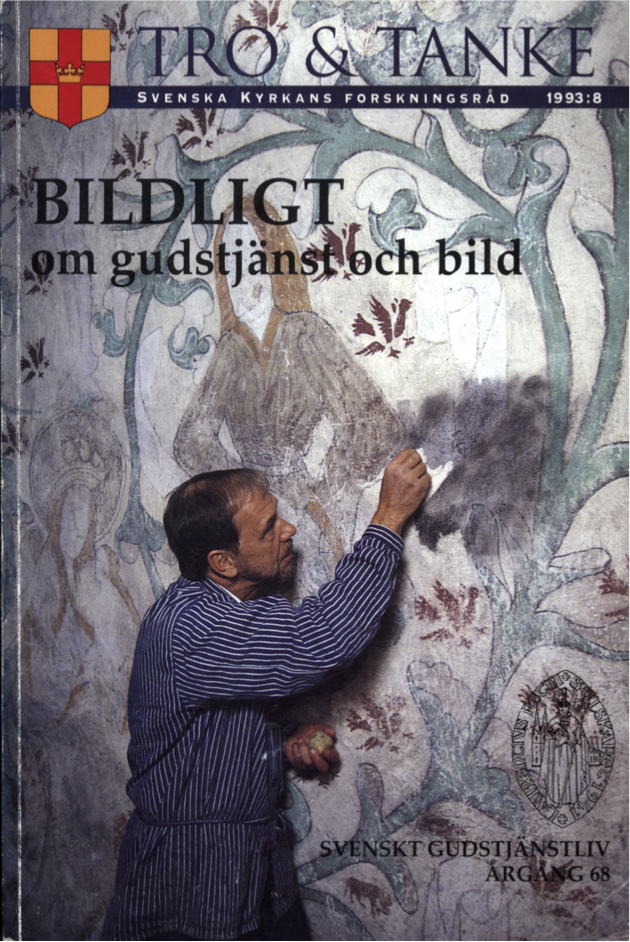Bilder av den bildlöse
Abstract
To all appearances it is a simple question, but theologians, artists, poets, and philosophers have, for thousands of years, been discussing and analyzing the question of the relationship between picture and reality. In many passages in the Bible there are bans on pictures - and also on con fusing picture and reality. The Old Testament ban on producing pictures of God has led to both Judaism, Christian creeds, and Islam having refused to have the picture of God reproduced. Paul puts emphasis against our visualizing "... that the deity is like an image in gold or silver or sto ne, shaped by human craftsmanship and design" (Acts 17:29, and other Bible texts). For more than a hundred years, the so-called iconoclasm split up the Eastern Church on account of antagonism on the question of pictures of God, the One Inexpressable and Pictureless. As to the rest, in the big church traditions one has stressed the demands that the use of pictures must be accompanied by a strong underlining of picture and reality being separated.
The same goes for mental pictures; notions which human beings make of and about God with the help of thoughts, words and ideas. It does not primarily concern the outer, so-called, anthropomorphism: we are all aware of the fact that God does not look like a human being. But, pictures do easily stay on in peoples consciousness that God has a spiritual life like a human being, i.e., a picture of God with a human beings mentality and character. In mysticism one has at times been so much afraid of this confusion that one refuses to speak of God in positive categories: God is non-good, non-evil, lacks existence in the human sense, etc. This via negationis meets us everywhere in Christian mysticism, and also in modern literature and poetry, as, e.g., in Dan Andersson who characterizes one of his great poems as "an expression of the absolutely expressionless". In Sweden poets and authors have, on the whole, more consciously than present-day theologians been working on this complex of problems.
This essay discusses the complex of problems, exemplifies and lays down general outlines and hints to continuing theological work on this burning question which, according to the thesis of the essay, has exercised a strongly negative influence on peoples attitude to the belief in God and the reality of God, just by confusing picture and reality.
Downloads
Publicerad
Nummer
Sektion
Licens
© författarna, Laurentius Petri Sällskapet för svenskt gudstjänstliv samt Artos & Norma bokförlag. Det är tillåtet att kopiera och använda material ur Svenskt Gudstjänstliv för forskningsändamål om källan anges. För övriga ändamål kontakta respektive artikelförfattare samt förlaget. Särskilda restriktioner kan gälla för bildmaterial.


